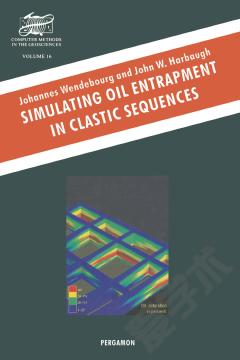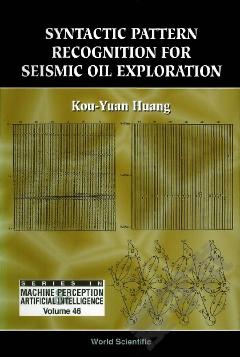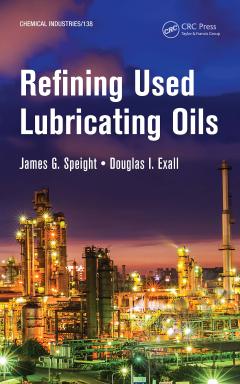Simulating Oil Entrapment in Clastic Sequences
Rationale for simulating oil migration and entrapment in clastic sequences: the continuum of processes in the real world representing space and time spatial boundaries decoupling processes spatial resolution simplifying processes scale dependency. Overview of migration and accumulation: source rocks expulsion from source rocks secondary migraton migration rates and efficiency oil migration pathways migration under hydrodynamic conditions segregation and change during migration and entrapment closing statement. Generating clastic sequences: types of numerical sedimentary simulators geostatistical simulators geometric simulators diffusion simulators sedimentary process simulators comparison of numerical sedimentary simulators utilizing process simulators spectrum of process simulators calibrating and controlling process simulators boundary and initial conditions initial topography fluid and sediment discharge rates eustatic sea level changes uplift and subsidence depositional environments fluvial environments deltaic environments oceanic environments submarine slope failure and turbidity currents recording sequenes generated by process simulators cell height cellualer storage by age reduction in number of cells integrating depositional and burial hisotry limitations in sedimentary process simulation mathematical representation (Part contents).
{{comment.content}}








 京公网安备 11010802027623号
京公网安备 11010802027623号